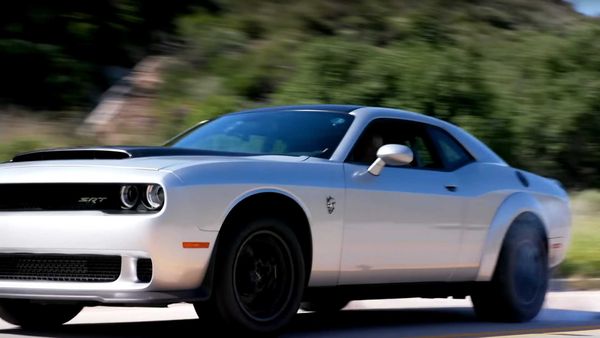We think you already know this video comes from the folks over at Garage 54 – the team of talented mechanics with crazy ideas for custom builds, based mostly on Soviet-era vehicles. This new 10-minute video doesn’t make a difference in that regard but it is something the team has been asked for many times. Can they fit a very powerful horn to a Lada?
The short answer is – yes, they absolutely can. But in a typical Garage 54 fashion, this isn’t just a big horn installed somewhere inside the engine bay and powered up by electricity or compressed air. The approach is much more scientific as the team decides to install a throttle body on the car’s exhaust pipe and use exhaust gases to generate sound. This is a Russian engineering marvel in its finest form.
Of course, not everything is as easy as it seems. When you fit a very loud horn to a car’s exhaust system, you would naturally want to develop a way to control when the gases will pass through to the horn. There’s a string mechanism that controls the throttle body’s valve and channels the exhaust gases to either leave through the exhaust pipe or go directly to the horn. That mechanism is controlled by a rope that is attached to it and hangs from the ceiling inside the cabin. And yes – this is pretty much how a locomotive horn is also controlled.
Right from the very first attempt, the loud horn works perfectly. The more you rev the engine, the more powerful sound the horn would generate. A quick check shows that the new horn is just around 15 decibels louder than the Lada’s original horn. Bear in mind, however, that this is an exponential scale, which means for every three-decibel increase, it’s actually double the sound level or volume. So, roughly speaking, 129 dB to 115 dB – which is the case with the locomotive horn versus the stock horn here – is about 5 times louder.










